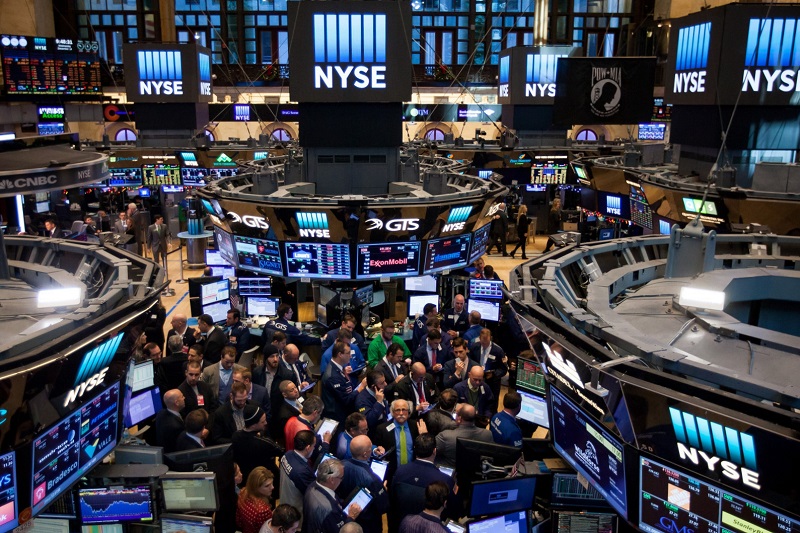A basis for being upbeat about financial market assets?
Is there a case for the “soft-landing” scenario coming true in 2023 and that financial market assets will therefore continue the rally that we have seen so far this year?

The financial market assets could continue the rally that we have seen so far this year.
We have tended to lean to the more pessimistic side, but a number of risks that have failed to materialise seem to suggest that the odds of a more optimistic outcome are increasing.
What risks are we talking about? One concern in the market has clearly been that significant central bank tightening will “break” the economy and/or financial markets in some way. Indeed, you often hear the saying that the Fed has to break something before its anti-inflation policies work. Rising US rates, for instance, ‘broke’ the housing market in 2007/08 (although many would argue that it was not just the Fed).
This time around, the financial squeeze has not broken anything and that may be testament to things such as tougher bank regulation since the global financial crisis, the stronger balance sheets of households and firms, and more. Of course, some might argue that this has not happened yet only because the Fed has not tightened enough given that real (inflation adjusted) policy rates have only recently risen above zero.
However, another measure of policy, money supply growth, has been cratering and not just in the US, prompting many to fear an impending slowdown in growth and asset price capitulation. But so far at least, neither has happened. What’s more, a testament to financial resilience can arguably be seen in how the March crisis in US regional banking has played out.
For despite fears that this would spell cascading risks across regional banks and possibly other markets besides, such as commercial real estate, the outcome has been far more benign; not even requiring the Fed to make cast-iron pledges on deposit guarantees for the smaller banks.
Another factor is that inflation has clearly peaked and, while there might be some price components that remain far too elevated, these will come down in time as labour markets continue to ease and falling headline inflation rates reduce inflation expectations and wage rates.
All these factors, and more, suggest that the economic and financial market outlook is nowhere near as downbeat as forecasters such as the IMF suggest, or investors believe given that surveys of sentiment have continued to be quite pessimistic. However, there are clearly counter arguments as well.
For instance, on monetary policy, most G10 central banks have not reached their terminal rate yet and, even if they have, the considerable time it takes for tighter policy to take effect still means that we have not reached “peak” tightening despite being more than a year into this rate-hike cycle.
Another problem is that the market seems to be pricing this policy cycle to be like many others, where there is a relatively short period of time before the last rate hike and the first rate cut, at least in the US. If strong asset price levels today are conditional on the Fed starting to ease next spring, as priced into the market, then clearly there could be a big fall coming in asset prices if this proves wrong and, given that this tightening cycle is unique in many senses, due to the height of inflation and tightness of the labour market to name but two, there has to be a risk that current asset pricing is extremely vulnerable to delayed policy easing.
So far, we’ve not even mentioned the new threats that could occur, such as a renewed surge in energy prices should a harsh winter and a recovering China boost energy demand significantly as we head through the European winter.
According to the Standard Bank, there are arguments for and against the possibility of a soft economic landing and continued asset price strength. But it does definitely feel that the odds have shifted towards the more optimistic side and it thinks that financial markets will trade this way in coming months with riskier assets – and government bond prices – rising and the dollar falling.








